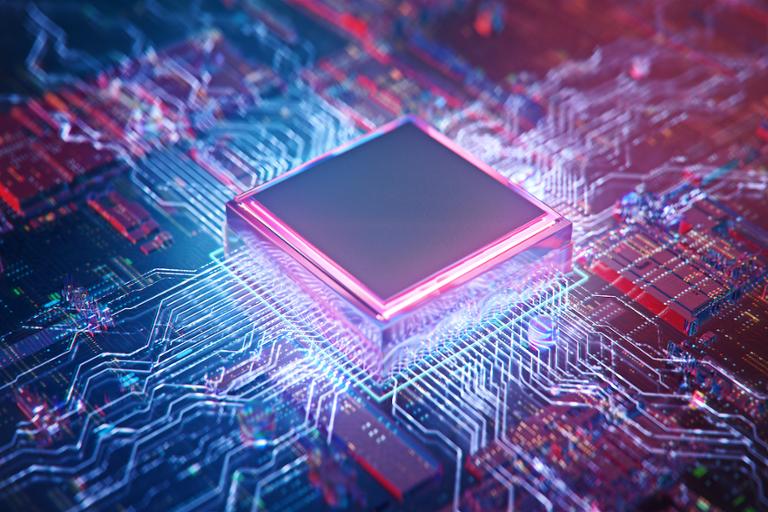
Is Intel planning massive layoffs?
That’s the news from Bloomberg, which cited anonymous sources familiar with the situation. Intel hasn’t offered any public comment, although CEO Pat Gelsinger previously announced his intention to cut company expenses this year.
The number of potential layoffs is unclear, with Bloomberg citing “thousands.” Intel currently has 121,100 employees worldwide. If the chip-maker follows the pattern established at other big tech companies, it might target initial layoffs at sales and marketing departments rather than cutting into its technologist base.
Whether or not these layoffs actually happen, Intel has its strategy mapped out for the next few years. Earlier in 2022, it announced plans to build what Gelsinger called the “largest silicon manufacturing location on the planet” in Columbus, Ohio. That facility, which will include two chip factories, could employ more than 3,000 once it comes online in 2025. Intel joins companies such as Samsung and TSMC that have pledged to invest significant funds into new chip-fabrication facilities throughout the country.
Although it grew into a behemoth on the strength of designing and marketing its own chips, Intel faces competitive headwinds from companies such as Apple that have decided to manufacture their own silicon in-house. That’s forced Intel to pivot to a new market: manufacturing chips to clients’ specifications. This so-called “foundry initiative” will cost billions of dollars (the $20 billion that Intel invested in its initial fabrication facilities is just a start) and take years to fully actualize.
If that wasn’t enough pressure, Intel’s existing businesses now face macroeconomic problems, including inflation and a slackening demand for all types of chips. PC shipments declined 19.5 percent year-over-year in the third quarter of 2022, according to research firm Gartner. “While supply chain disruptions have finally eased, high inventory has now become a major issue given weak PC demand in both the consumer and business markets,” Mikako Kitagawa, Director Analyst at Gartner, wrote in a statement accompanying the data. “Back to school sales ended with disappointing results despite massive promotions and price drops, due to a lack of need as many consumers had purchased new PCs in the last two years. On the business side, geopolitical and economic uncertainties led to more selective IT spending, and PCs were not at the top of the priority list.”
That’s a lot of challenges—and opportunities—for any one company to handle. The choices Intel makes over the next few years are likely existential—can it innovate its way to a brighter future?


